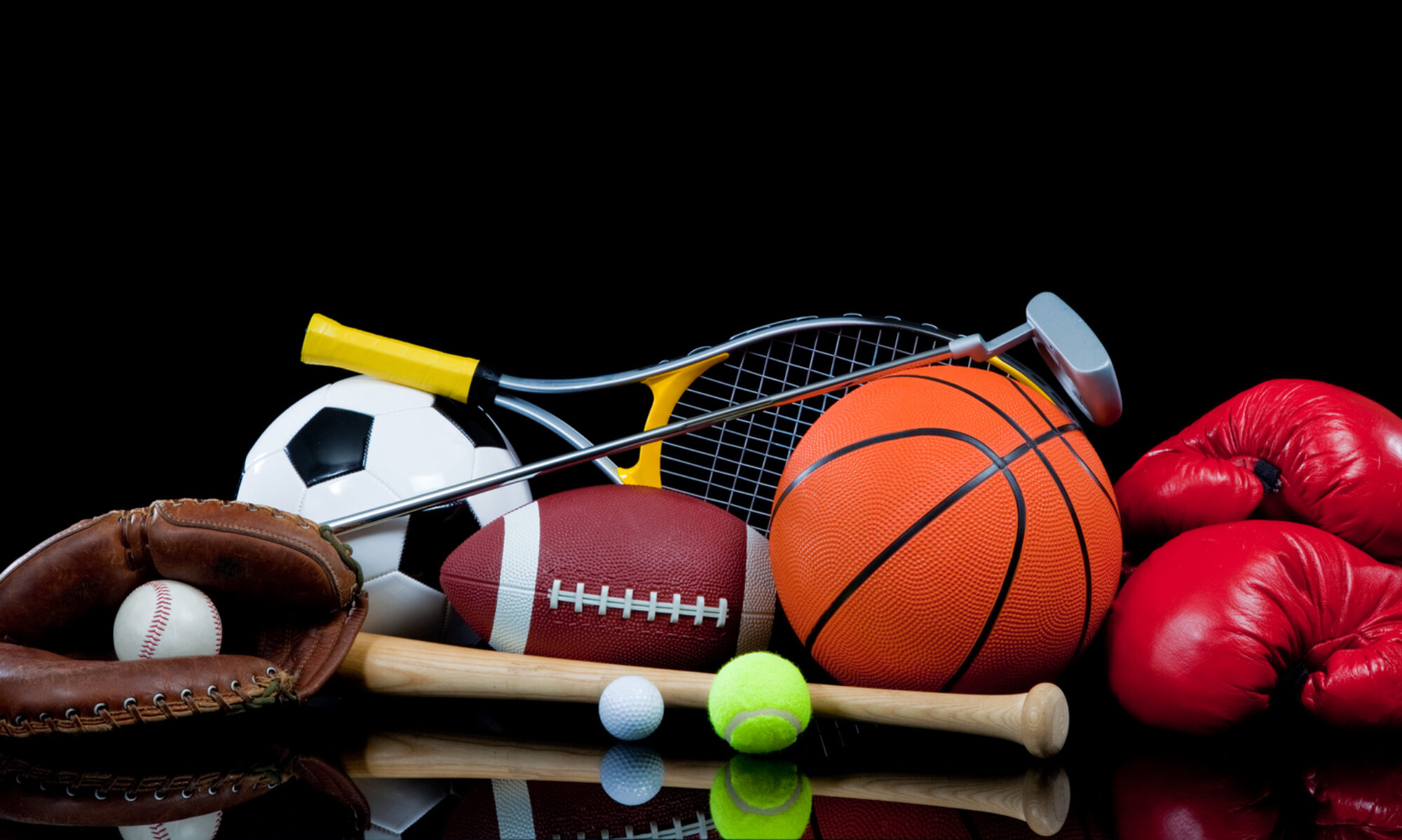
With the increasing interest in extreme sports, especially in colder environments, there is greater potential for cold related sports medicine problems. There are basically two types of cold injury: non-freezing cold injury and freezing cold injury. The most well known freezing injury is frostbite and the two most well known non-freezing cold problems are trench foot and chilblains. There are others that all exist on a continuum between the extreme with increasing amounts of seriousness and potential for fatal outcome at the worst extreme. All adventure and extreme athlete need to be aware of the risk and take the appropriate preventative measures and be aware when any of the problems develop as to what they should do about them.
At one extreme are the relatively minor chilblains. These are small patches of red, painful and itchy skin that typically appear on the toes when the skin is warmed up too quickly after it is cold. Chilblains are seasonal and never occur in the warmer climates. They are typically managed by keeping the foot warm and using chilblain creams to massage the area with to stimulate the circulation. They normally heal up relatively quickly unless they keep occurring, in which case they may become chronic.
At the other extreme there is frostbite where the tissues become frozen which is potentially fatal if not addressed immediately as a medical emergency. Often the best outcome is the amputation of a toe, so it is still serious.

